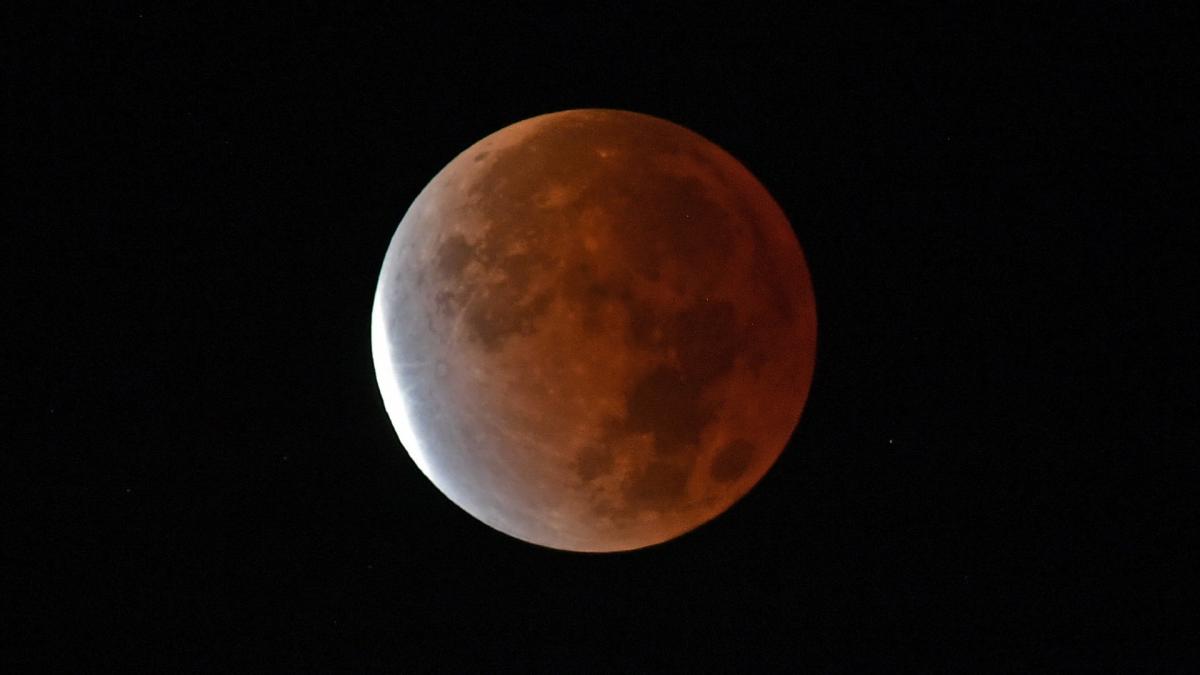Eclipses of the Sun and Moon: A Celestial Phenomenon that Comes in Pairs
One of the most fascinating celestial phenomena, eclipses of the Sun and Moon, often occur in pairs. Normally, a solar eclipse is accompanied by a lunar eclipse within two weeks before or after it. This is due to the moon’s orbit, which takes roughly two weeks to travel halfway around, positioning it in alignment with Earth and the Sun once again.
In the month of October, this pattern continues. Just two weeks after casting its shadow across the Americas in an annular solar eclipse on October 14th, the moon will swing around and skim through the northern edge of Earth’s shadow on Saturday, October 28th. Although similar to the lunar eclipse in May, this time the moon will pass a bit closer to the center of Earth’s shadow, resulting in a glancing blow to the dark umbra. This eclipse will serve as an underwhelming postscript to the stunning annular eclipse that North Americans witnessed two weeks earlier.
Interestingly, those who marveled at the “ring of fire” annular solar eclipse earlier this month will not be able to witness the partial lunar eclipse. The lunar eclipse will occur during the daytime, while the moon is below the horizon. This time, it’s the Eastern Hemisphere of Earth that will have the privilege of facing the moon during the eclipse.
Canada and New England’s Limited Glimpse

While most of North America will miss out on the lunar eclipse, the Canadian Maritime provinces will have the opportunity to witness the last moments of the umbra slipping off the moon as it rises. Sharp-eyed New Englanders might even be able to perceive the faint shading of the penumbra as the moon appears above their horizon. However, it’s debatable whether the last vestige of the umbra or penumbra will be readily visible from these regions.
Optimal Viewing Conditions
Keep in mind that an eclipsed moon rises around the time of sunset, which means the bright twilight sky can reduce your viewing time by approximately 15 minutes. For the best viewing experience, make sure the eastern sky is dark enough and the moon is high enough, above any horizon haze. In Newfoundland and Labrador, the mid-eclipse occurs at or shortly after moonrise.
Unfortunately, the rest of North America will miss out, as the eclipse will have ended before moonrise.
Timetable and What to Look For
Here is a timeline of the eclipse events, indicating their visibility:
- Moon Entering Penumbral: The moon enters the faint outer extremity of Earth’s shadow. However, the moon’s appearance doesn’t change until it has penetrated the penumbra by at least 70 percent. A hint of shading may be visible up to 1 hour and 8 minutes before mid-eclipse.
- Pale Outer Fringe: About 40 minutes before mid-eclipse, a weak shading can be seen across the moon’s left side. This is the pale outer fringe of Earth’s penumbra, which will continue to get stronger for the next 28 minutes.
- Start of Partial Eclipse: At this point, with only 40 minutes remaining until mid-eclipse, the moon’s edge begins to intrude into the dark umbra. The umbra is much darker and has a sharper edge compared to the penumbra. Partial eclipse lasts for only 77 minutes.
- Mid-Eclipse: At mid-eclipse, the umbra covers at most 1/20 of the moon’s area, or roughly 12.2 percent of its diameter. At greatest eclipse, the umbra’s edge falls just shy of touching the rayed crater, Tycho.
- End of Partial Eclipse: Approximately 37 minutes after mid-eclipse, the moon exits the umbra, marking the end of the partial eclipse.
Coming Attractions: Future Lunar Eclipses
The next lunar eclipse will be a penumbral event occurring on March 25th of next year, favoring many regions in North and South America. The following total lunar eclipse will not take place until March 14, 2025.
If you’re eager to get an up-close look at the moon during the partial eclipse or any other time, we recommend the Celestron Astro Fi 102 as the top pick in our best beginner’s telescope guide. For capturing stunning photos of lunar eclipses, full moons, or the night sky in general, check out our guides on how to photograph the moon and how to photograph a lunar eclipse. You can also explore the best cameras and lenses for astrophotography.
Note: If you capture an image of the partial lunar eclipse, we’d love to feature it! Send your photo(s), comments, name, and location to [email protected].
About the Author:
Joe Rao serves as an instructor and guest lecturer at New York’s Hayden Planetarium. He writes about astronomy for Natural History magazine, the Farmers’ Almanac, and other publications.


